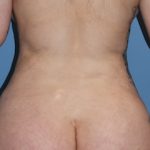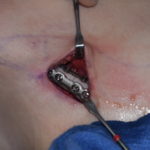Plastic Surgery Case Study – Cranial Bone Graft Rhinoplasty for Saddle Nose Deformity
Background: Rhinoplasty surgery often entails the need for grafts. Most commonly cartilage grafts from the septum or ear are used as the volume needs are low and it is helpful to have a convenient and anatomically close harvest site. But major nasal reconstruction may need much larger graft volumes for which the rib offers a Read More…


